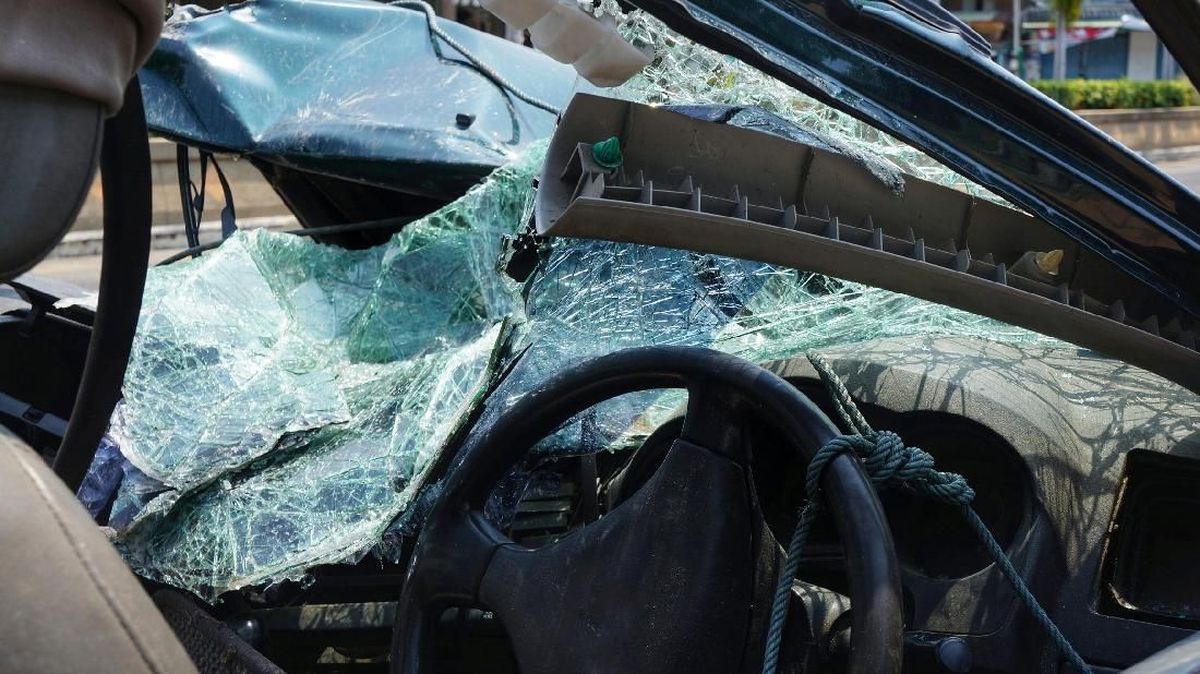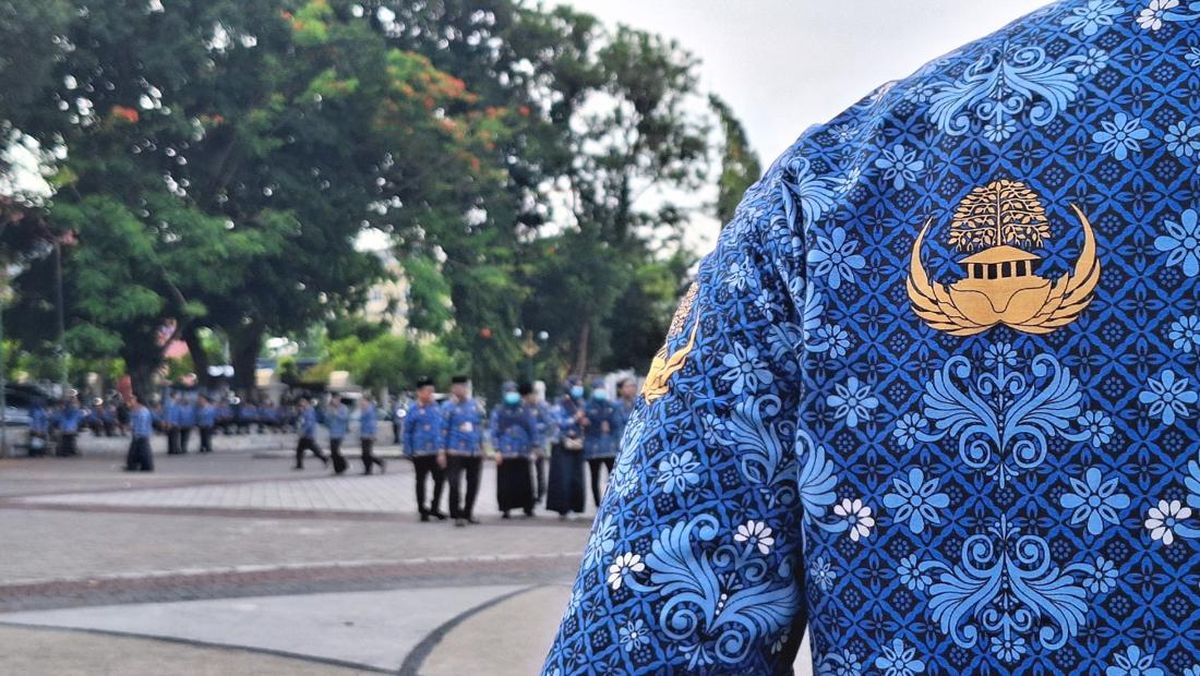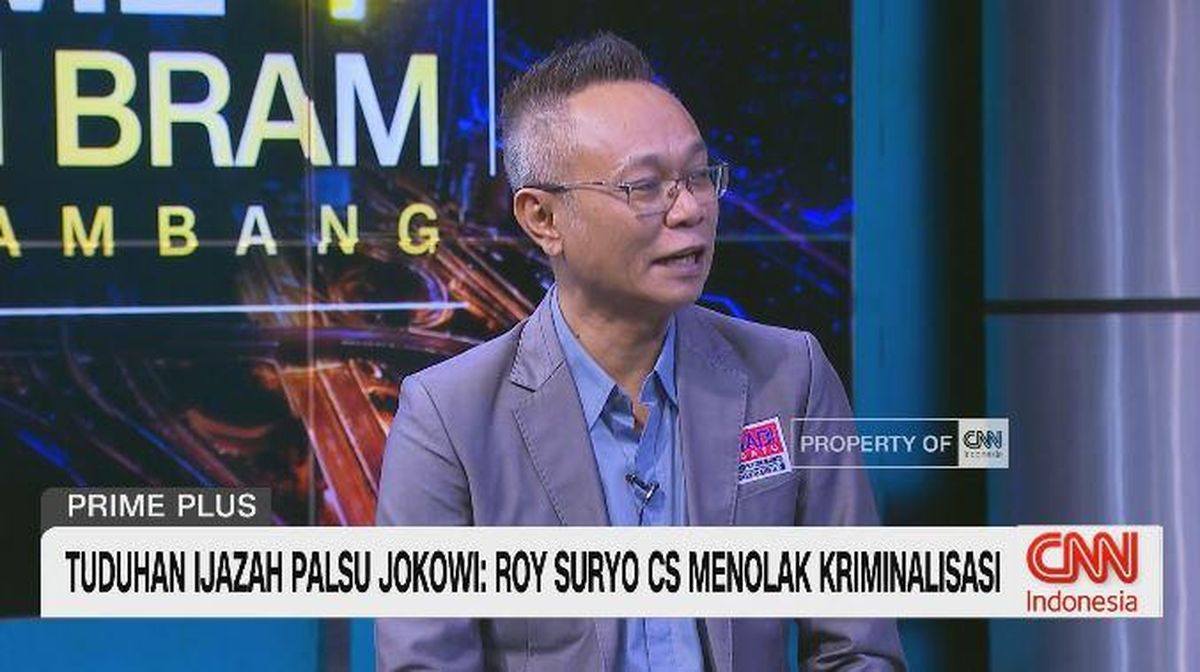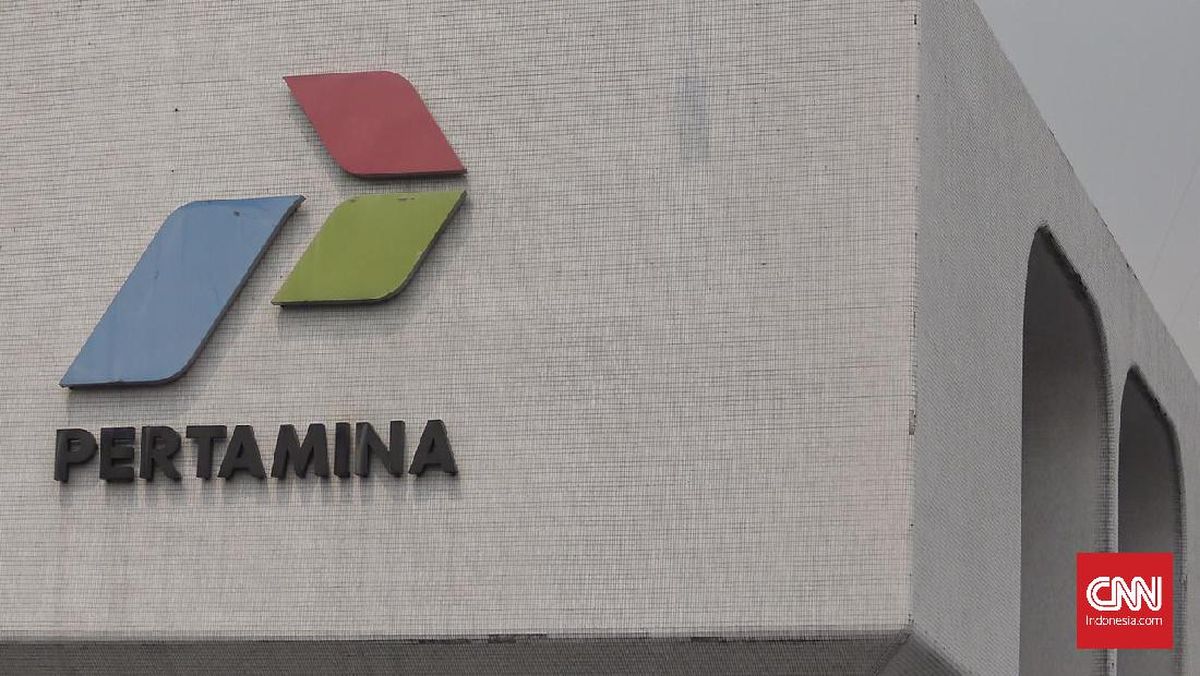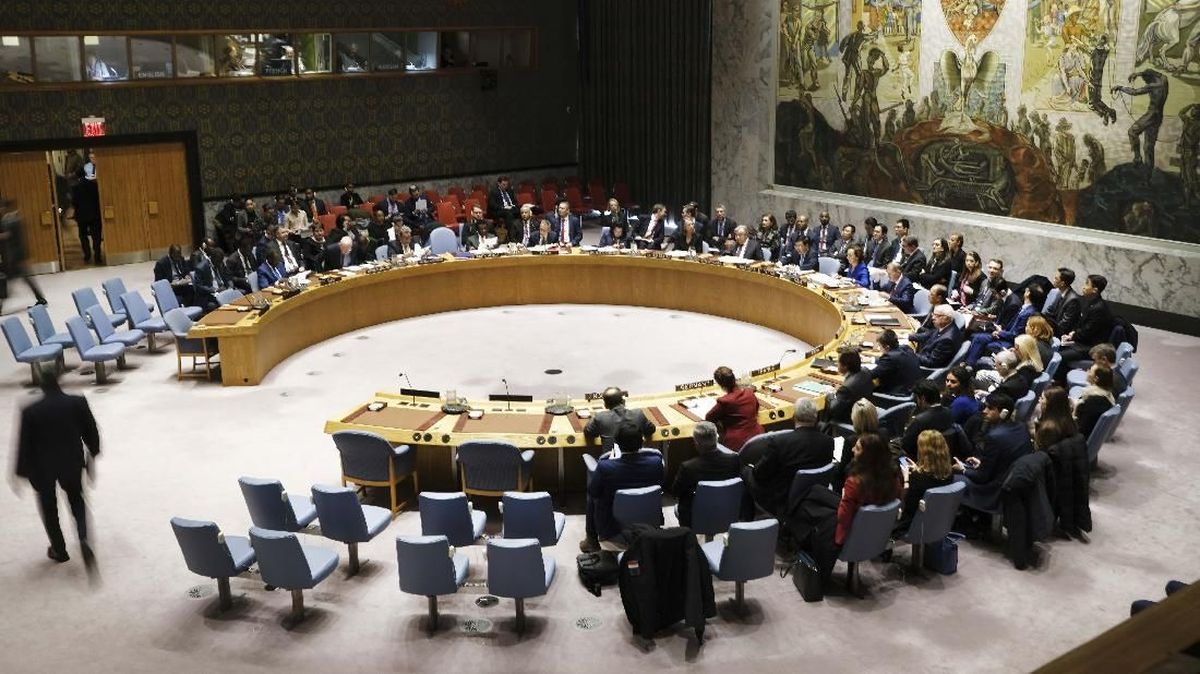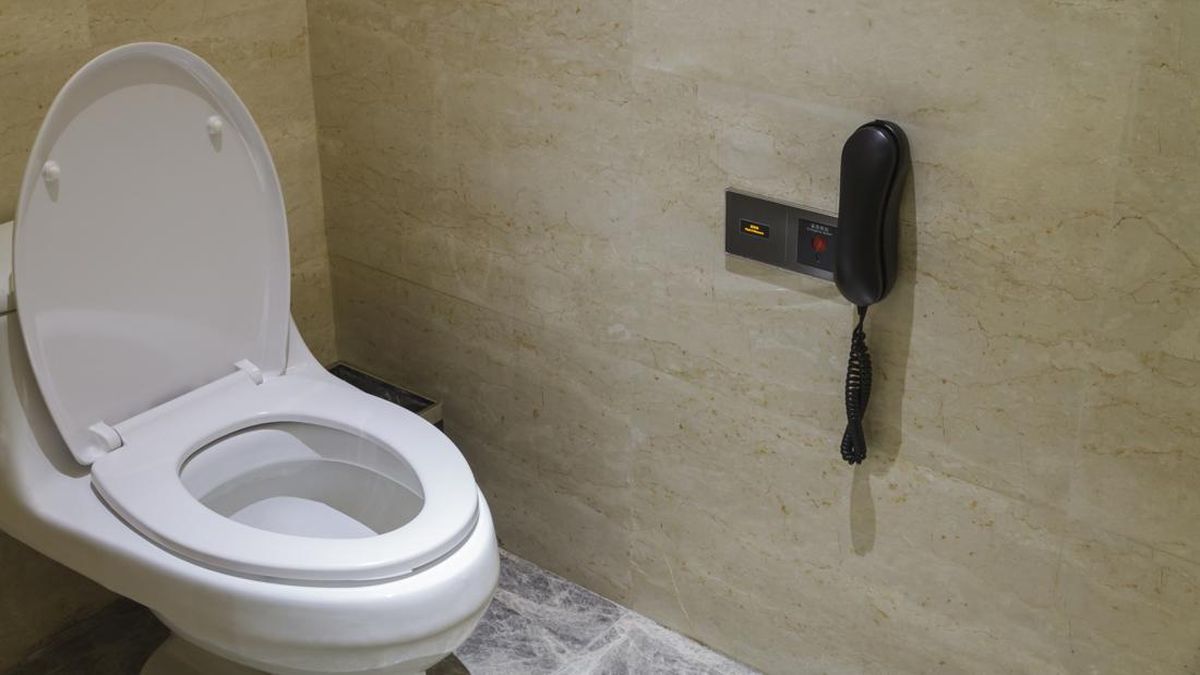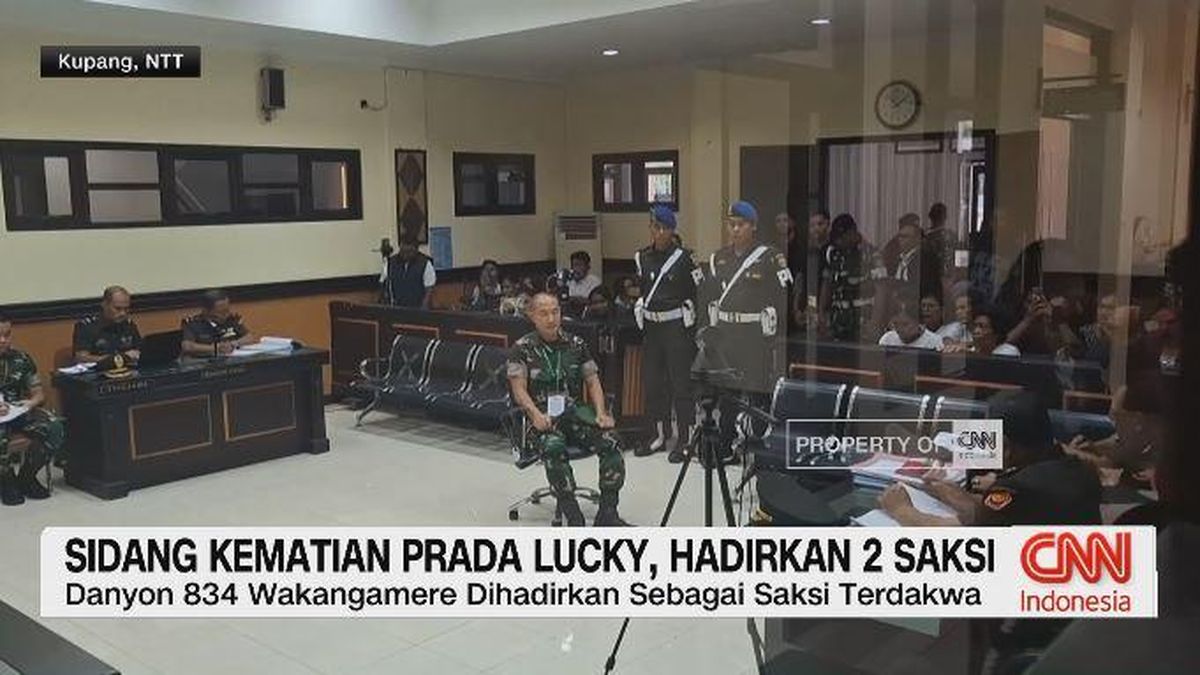The first cab off the rank for the rotary truth teller will be Clermont - a 268-square-kilometre landholding just west of the similarly named township embedded within one of Queensland’s most historically productive gold belts.
Although the broader district has produced more than 6.5 million ounces, much of the ground in the Leo Grande Trend - Moonlight’s initial focus - has seen little modern systematic drilling.
The company intends to immediately put down 1500-metres of reverse-circulation drilling into its central Leo Grande prospect, designed specifically to twin some of the holes drilled by previous owners to see if some of the historic hits still stack up. And some of those old holes were no slouches either.
Work by Plutonic Resources and Canadian giant Noranda in the early 1990’s saw shallow, wide-spaced holes drilled, often to less than 140 metres, leaving large gaps and unresolved continuity along strike.
Even with limited historic work, the numbers were encouraging. Intercepts such as 46 metres grading 1 gram per tonne (g/t) gold from near surface, 22m running at 2.25g/t gold from 40 metres and 19m going 3.35g/t gold from 34 metres all point to a system that is mineralised, simple and very much open both at depth and along strike. They also point to a potentially solid set of initial ASX announcements if the company can manage to successfully twin and even improve on some of those old holes.
The 4-kilometre Leo Grande corridor presents multiple lodes across a structural width of about 60 metres, giving Moonlight several logical entry points for the first pass drilling campaign.
The company will then quickly scale up for a further 10,000-metre phase aimed at defining a maiden resource at site. An additional 8500 metres have also been earmarked to test out two exciting satellite targets within its tenements.
The first, aptly dubbed Gold Finger, sits on a northern parallel shear to Leo Grande and previously saw some limited action with the drill bit that returned excellent hits such as 18m grading 3.5g/t gold and 8m running at 6.54g/t gold, both from surface.
The second, called Petersens, lies on another parallel shear to the south of Leo Grande and delivered similar success with strikes including 9m grading 3.5g/t gold and 35m running at 1.75g/t gold.
Despite the earlier drilling success of the 1990’s, both targets remarkably remain virtually untouched below the oxide zone.
With gold trading at historically record levels and plenty of established processing infrastructure in the broader region, any near-surface ounces identified early could position Moonlight favourably for future development scenarios.

Moonlight Resources’ promising MacDonnell rare earths and uranium project in the Northern Territory.
Moonlight, however, is far from a one-trick pony. Its second major asset, the MacDonnell Ranges rare earths and uranium project in the Northern Territory, is a district-scale package covering more than 3,000 square kilometres.
The tenements sit adjacent to the Teapot Granite Complex, a highly radioactive geological domain known for hard-rock uranium occurrences that extend into alluvial systems where rare earths and uranium have accumulated through prolonged weathering cycles.
Historical exploration across the region has recorded rock chip assays averaging 439 part per million (ppm) uranium oxide at a prospect called Cockroach Dam, peaking above a stellar 5,300ppm. Stream sediment sampling also returned uranium values exceeding 2,000ppm.
Of particular interest in today’s volatile geo-political climate is rare earths and MacDonnell Range would appear to have plenty. Early work in the project area also picked up strong signs of rare earths in several monazite-rich alluvial zones, with total rare earth oxide (TREO) readings topping a whopping 6,000ppm.
For a company of Moonlight’s size, owning this critical minerals land bank provides a long runway of potential targets extending from hard-rock systems to basin-related deposits.
The company says it intends to begin with low-cost auger drilling, regional mapping, geochemical programs and radiometric interpretation - the type of early work that can quickly sharpen target definition without heavy capital outlay.
Bolstering Moonlight’s credentials is a heavyweight management crew led by managing director Greg Starr, a seasoned operator who has steered gold, copper, silver, silica and heavy mineral sands ventures across both the ASX and TSX.
The technical horsepower comes from chief geologist Dr Bryce Healy, an SRK veteran with a geological PhD and two decades of mineral targeting and project evaluation behind him.
The board, padded with exploration heavyweights, uranium specialists and corporate financiers, suggest a leadership group comfortable operating in complex geological and corporate environments.
The capital structure of the new company is straightforward. A $6 million firm allocation is being complemented by a $3 million priority offer to shareholders of Lithium Plus Minerals and Diatreme Resources - the vendors of Moonlight’s two primary assets - while attaching options provide additional leverage for participants. Upon listing, the company expects to have $10 million in net cash, earmarked predominantly for drilling and exploration.
Notably, Moonlight has the wind at its back thanks to backing from Perth corporate advisor Leeuwin Wealth and Chinese firm Richlink Capital. Both firms will joint lead manage the IPO capital raise.
Leeuwin Wealth is a fresh face on the West Perth corporate strip but stacked with decades of deal-making muscle.
The outfit is led by Jane Tandy, formerly a senior executive at Canaccord Genuity in Perth and backed by seasoned stock whisperer Aaron Constantine amongst other notable Perth corporate finance names.
And if Leeuwin’s packed out launch party in April of this year is any guide, the newly minted corporate finance firm is well placed amongst the Perth punting glitterati.
Commenting on the upcoming IPO, Leeuwin Wealth director of corporate finance Harry O’Donnell said; “What particularly excites us about the company is its commitment to embark on a 20,000m drilling program in 2026 at the Clermont Gold Project, located ~120km from GBM’s Twin Hills Project, which has received no shortage of investor attention of late.”
“The current gold price environment notably opens up near-term production potential at the Project, including potential heap leaching and toll treatment options.”
With drill rigs poised, targets lined up and three in-vogue commodities, Moonlight is well placed to ride the current gold and critical minerals wave when it hits the boards at the ASX in the next few weeks.
Unlike many other greenfields IPO hopefuls however Moonlight comes replete with some serious brownfields historic exploration work that all combines to scream “drill here.”
With a shallow underworked Queensland goldfield on one side and a vast NT critical-minerals frontier on the other, Moonlight has plenty to go on with as it looks to execute its strategy of fast gold resource delivery ahead of some serious blue sky critical minerals potential.
And with a necessary plan to prove up and validate some of the old drill holes – one of which sports a 46m mineralised hit – punters just might see some early excitement as those news numbers make their way onto the ASX.
Is your ASX-listed company doing something interesting? Contact: [email protected]




